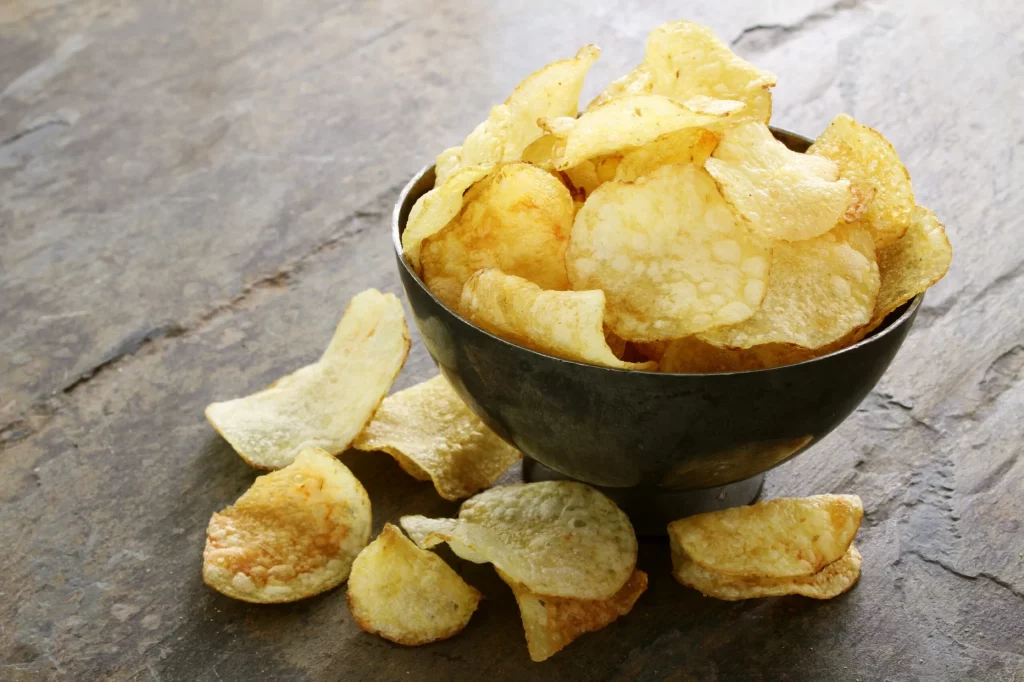Food Concept Testing: How to Validate Your Next Delicious Idea


Food concept testing is an essential part of the product development process in the food industry. It involves gathering feedback from potential customers to evaluate a new food product’s viability before investing time and resources into its production.
By conducting concept testing, food companies can identify potential flaws in their product ideas and make necessary adjustments to ensure they meet consumers’ needs and preferences.
This comprehensive guide will examine how you conduct this type of product research. But first, let’s weigh the pros and cons of going down this route before launch.
Food concept testing offers several benefits to food companies. Firstly, it helps companies to identify the most viable product ideas. By testing product concepts with consumers, companies can evaluate the potential demand for the product and identify any potential issues with the product concept well before market launch.
Secondly, concept testing helps companies to minimise the risk of launching unsuccessful products. By identifying potential issues with the product concept early on, companies can change the product before launching it in the market, increasing the chances of success.
Lastly, concept testing can help companies to improve their marketing strategies. Companies can identify the most effective marketing messages and channels to reach their target audience by getting consumer feedback pre-launch.
While food concept testing offers several benefits, it also has some challenges. One of the main challenges is getting accurate and reliable feedback from consumers. Consumers may not always provide honest or accurate feedback, which can lead to incorrect conclusions about the potential success of a product.
Finally, companies may face challenges in interpreting the results of concept testing. Interpreting the data and making decisions based on the results can be complex and requires expertise in market research and data analysis.
Many companies look to outside research companies to ensure they conduct the best possible research and receive reliable conclusions.
There are various food concept testing methods, two of the most common being sensory testing and concept evaluation.
Sensory testing is a method of evaluating a product’s taste, aroma, texture, and appearance. This type of testing is typically conducted by a trained panel of tasters who evaluate the product using a set of standardised procedures. The sensory testing results can provide valuable insights into how consumers will likely receive the product.
Concept evaluation is a method of testing the overall appeal of a product concept to consumers. This type of testing is typically conducted through consumer research methods such as surveys or focus groups, where consumers are asked to evaluate the product concept based on a set of criteria.
The results of the concept evaluation can provide valuable insights into how the product is likely to perform in the market.

There are several factors to consider when conducting food concept testing, including the target market, price point, and packaging. So let’s look at each in a little more detail.
The target market is a crucial factor in food concept testing.
Understanding the target market’s preferences, needs, and desires is essential to develop a product that will appeal to them. Thus, before food concept testing, companies should define their target market based on parameters such as demographics, psychographics, and behaviour.
The price point is another critical factor in food concept testing. The product’s price should be competitive and aligned with the target market’s expectations. The price should also reflect the product’s value proposition and quality. When determining the price point, it is essential to consider the cost of production, distribution, and marketing.
The price should also be tested with the target market to ensure that it is acceptable and reasonable.
The packaging of any product should be attractive, functional, and aligned with the target market’s preferences, and it should also reflect the product’s value proposition and quality.
When designing the packaging, it is essential to consider the packaging materials, design, size, and shape before testing it with the target market to ensure that it is appealing and effective.
When it comes to food concept testing, companies should follow several best practices to ensure accurate and reliable results. With that in mind, this section will discuss some of these best practices, including sample size, testing environment, and data analysis.
One of the most important factors in food concept testing is sample size. The sample size should be large enough to provide a representative sample of the target market but not so large that it becomes too expensive or time-consuming to conduct the testing.
Generally, a sample size of at least 100 is recommended, but this can vary depending on the company’s specific needs. Ensuring the sample is diverse enough to accurately represent the target market is also essential.
Ideally, the testing environment should be designed to simulate real-world conditions as closely as possible.
This means using packaging and branding similar to what would be used in a retail setting and providing testers with a realistic experience of the product, such as by serving it in the same way it would be for consumers (e.g., pies served hot from the microwave).
It is also important to control for external factors that could influence the results, which can be done by conducting the testing in a controlled environment.
The final step in food concept testing is data analysis. This involves reviewing and using the testing results to make informed decisions about the product. It is essential to use various analytical techniques, such as regression and factor analysis, to ensure accurate and reliable results.
It is also important to consider the data’s limitations and avoid making exaggerated or false claims based on the results. Companies should use the data to inform their decisions and be aware of any potential biases and limitations of the testing process.
Concept testing is a crucial step in developing a winning food product. Wirral Sensory Services offers a range of sensory and consumer research services to help you test your food concepts and ensure they meet customer needs.
With over 20 years of experience in the industry, we conduct sensory and consumer research for the food, beverage, and household product industries.
Our team of trained testers can help you identify any areas of improvement for your food concepts, such as appearance, texture, odour and taste. By conducting consumer research, they can also provide insights into how your target audience perceives your product and whether it meets their needs.
If you want to ensure your food concepts succeed, contact Wirral Sensory Services today to learn more about our sensory and consumer research services.